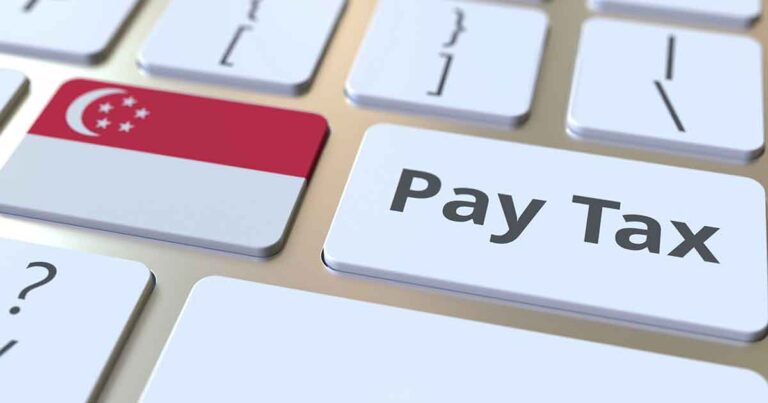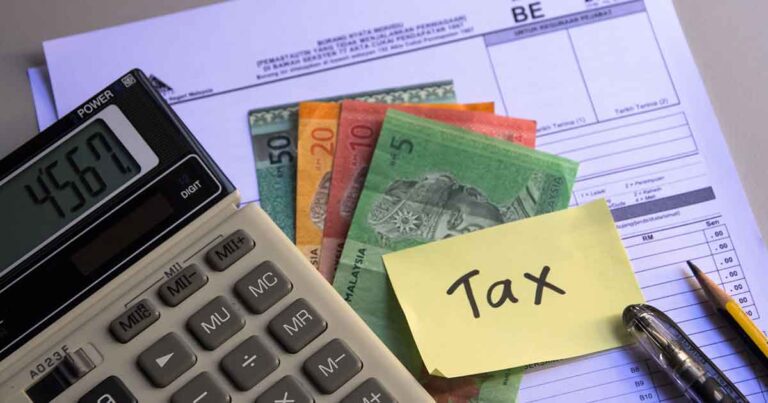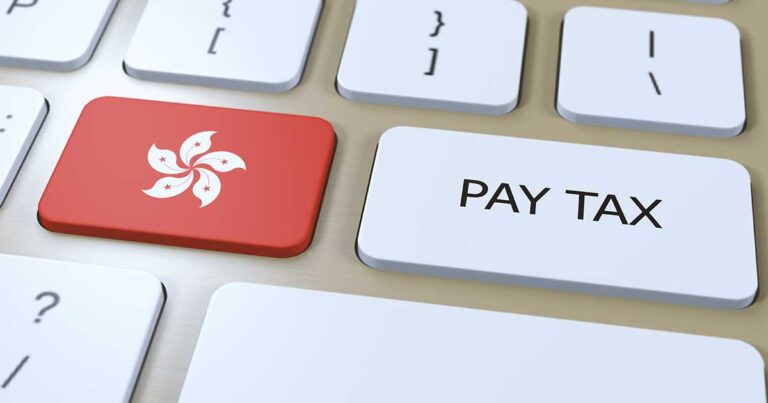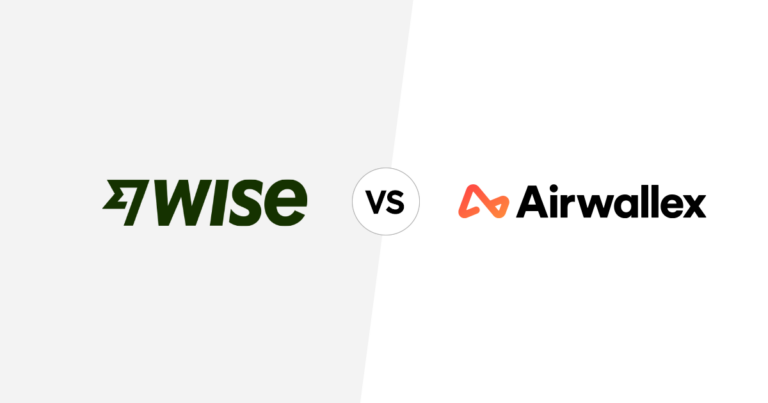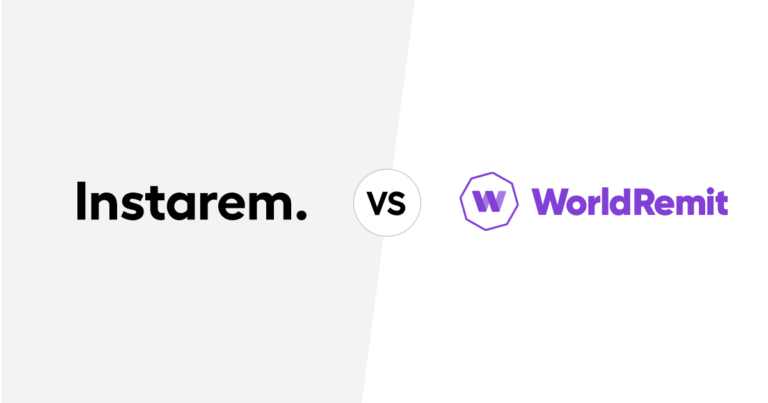From Calculation to Payment: Get to Know Import Tax in Australia
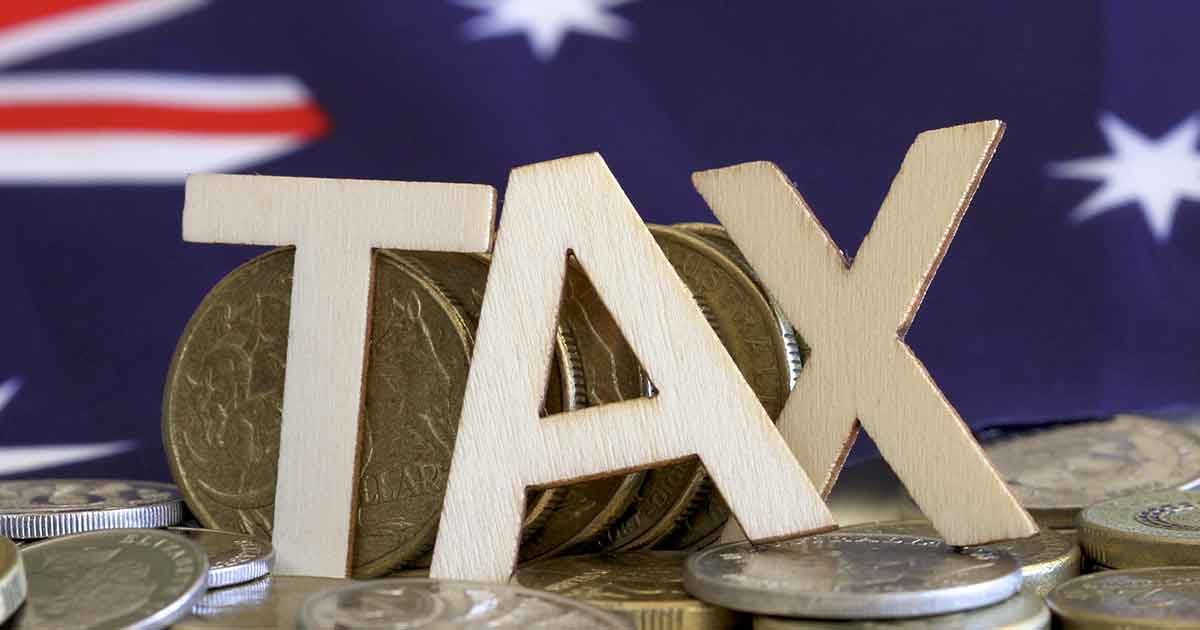
This article covers:
- Key Takeaways
- How import tax works in Australia?
- Types of import taxes in Australia (GST, customs duty, WET, LCT)
- When imports to Australia are exempt from duty and GST
- How to calculate import tax in Australia (step-by-step)
- How to pay customs duty in Australia?
- Summary: Key points about import tax in Australia
- Import tax in Australia: FAQs
Key Takeaways
- Imports into Australia are typically subject to two main taxes: 5% customs duty and 10% GST.
- Additional taxes may apply in specific cases, such as the Wine Equalisation Tax (WET) and Luxury Car Tax (LCT).
- Goods from Free Trade Agreement (FTA) partner countries may be exempt from customs duties—excluding restricted items like tobacco and alcohol.
- If your business is GST-registered, you may be eligible for tax credits on GST paid at the border.
Importing goods into Australia is a common practice across various industries, driven largely by the need for lower-cost products or items that aren’t readily available locally.
That said, imports can impact the domestic economy. To strike a balance and protect local industries, Australian customs authorities impose import taxes on overseas goods. These measures help maintain fair market competition and safeguard national interests.
Whether you’re importing for personal use or as part of your business operations, understanding how these import taxes work is essential. It not only helps you stay compliant but also protects you from potential penalties or legal complications.
How import tax works in Australia?
Simply put, import tax is a fee that individuals or businesses—whether importers, logistics businesses, or online shoppers—must pay when bringing goods into Australia. This payment is required for the goods to clear customs and be released into the country.
The amount of import or customs duty in Australia varies based on several factors, such as the value of the goods and their classification. In some cases, low-value items or specific product categories may be exempt from these duties.
However, exemptions aren’t guaranteed—they depend on factors like the intended use of the goods (personal or commercial), whether the items are classified as restricted, and the country of origin.
Types of import taxes in Australia (GST, customs duty, WET, LCT)
In Australia, imported goods may be subject to several types of taxes, administered by the Australian Taxation Office (ATO) and the Australian Border Force (ABF). Some of these taxes apply broadly across most imports, while others target specific categories of products. These include:
Goods and Services Tax (GST)
Goods and Services Tax (GST) applies to the consumption of goods and services within Australia—including those imported from overseas. Although the products are sourced internationally, their use occurs domestically, making them subject to GST.
GST on imports is charged at a flat rate of 10% and is calculated based on the value of the taxable importation. This value is determined by adding together the following:
- The customs value of the goods
- Any import duty that applies
- The freight or shipping charges to deliver the goods to their destination in Australia
- The insurance costs associated with that transport
- Any Wine Equalisation Tax (WET) that may be due
However, if your business holds an Australian Business Number (ABN) and is registered for GST, you may be eligible to claim input tax credits for the GST paid on imported goods. This means the GST paid at the border can be offset against the GST you owe when lodging your quarterly Business Activity Statement (BAS), effectively reducing your overall tax liability.
Customs Duty
The Australian government typically charges a 5% import or customs duty on goods brought in from overseas. This duty is calculated based on the value of the goods after converting them to Australian dollars.
The good news? Australia has established Free Trade Agreements (FTAs) with a number of countries. As a result, goods imported from these partner nations may be exempt from import duties—provided the items aren’t restricted and the importer meets all eligibility and documentation requirements.
The Luxury Car Tax (LCT)
The Luxury Car Tax (LCT) applies to imports of luxury cars to Australia. It’s a value-based tax, calculated as a percentage out of total value, including GST of the cars.
The current LCT rate is 33%, which applies to cars with a value exceeding the threshold. As of the financial year 2025-2026, the thresholds are AUD 91,387 for fuel-efficient vehicles and AUD 80,567 for other vehicles.
The Wine Equalisation Tax (WET)
The Wine Equalisation Tax (WET) applies to both the import and sale of wine in Australia. It is a value-based tax calculated at a rate of 29% of the wholesale value of the wine, which typically reflects its retail selling price.
When imports to Australia are exempt from duty and GST
If you frequently import goods into Australia, an exemption from import taxes and customs duties will surely be beneficial – they help you reduce costs and increase your profit margins.
When and how does this exemption apply?
When goods qualify under Tariff Concession Orders (TCO)
Goods that are not manufactured in Australia or are in limited local supply may be eligible for a reduced or zero customs duty under Tariff Concession Orders (TCOs).
When goods are imported from Free Trade Agreement (FTA) countries
Australia has signed Free Trade Agreements (FTAs) with several countries—including China, Singapore, the United Kingdom, the United States, and others. Under these agreements, the standard 5% import duty may be waived if the following conditions are met:
- Rules of origin are satisfied: The goods must be made or sufficiently processed in the FTA partner country.
- Proper documentation is provided: A valid Certificate of Origin or Declaration of Origin must accompany the goods.
- Goods are eligible under the agreement: Items such as excise goods (e.g. alcohol or tobacco) may be excluded from FTA benefits.
When the goods are for personal use and within the duty-free allowance:
Australian travellers returning from overseas can bring certain goods into the country without paying GST or import duties, as long as the items fall within the duty-free allowance. To qualify, the following limits apply:
| Traveler Category | Alcohol | Tobacco | General Goods |
|---|---|---|---|
| Adult (18+) | Up to 2.25L | Up to 25 grams or 25 cigarettes | Up to AUD 900 total value |
| Under 18 | ❌ Not allowed | ❌ Not allowed | Up to AUD 450 total value |
How to calculate import tax in Australia (step-by-step)
To calculate the amount of import tariffs you need to pay, there are a few key steps to follow:
- Check duty applicability: Determine if your goods are subject to the standard 5% import duty. Some items may be duty-free, especially when imported from countries with a Free Trade Agreement (FTA) with Australia.
- Calculate the customs value (CIF): Add together the cost of the goods, insurance, and freight charges. This total is known as the CIF (Cost, Insurance, and Freight) value.
- Apply the import duty: If applicable, multiply the customs value by the import duty rate (e.g. 5%).
- Add GST: Apply 10% GST to the combined total of the customs value, any import duty, and shipping/insurance costs.
Example:
Let’s say you’re importing textile goods worth AUD 10,000 from Indonesia. Since Indonesia has a Free Trade Agreement (FTA) with Australia—and assuming the goods meet all FTA requirements and are not restricted—here’s how your import costs would look:
| Tax Type | Rate | Calculation | Amount (AUD) |
|---|---|---|---|
| Import duty | 0% | None (FTA applies) | 0.00 |
| GST | 10% | 10% x (customs value + import duty) → 10% x 10,000 | 1,000.00 |
| Total import taxes payable | – | – | 1,000.00 |
How to pay customs duty in Australia?
Paying customs duty on time and accurately ensures your goods can be cleared and released without delays or penalties. Here’s what the steps involve:
Lodge an Import Declaration
If your goods are valued above AUD 1,000, you must lodge a formal Import Declaration with the Australian Border Force (ABF). There are several documents to prepare, including:
- Description of goods
- Customs value (CIF: Cost + Insurance + Freight)
- Supplier and importer details
- Country of origin
- Relevant documents (e.g. invoice, bill of lading, Certificate of Origin)
Once your documents are in order, you can submit the Import Declaration through the online Integrated Cargo System (ICS), or engage a licensed customs broker or freight forwarder to lodge it on your behalf.
Receive the Total Amount Payable
The system will calculate the total payable amount—including customs duty, GST, and any additional taxes that may apply, such as Wine Equalisation Tax (WET) or Luxury Car Tax (LCT), depending on the type of goods. You’ll then receive a detailed assessment notice outlining the full breakdown of charges.
Make the Payment
You can make the payment through the Integrated Cargo System (ICS) portal using one of the following methods:
- BPAY
- Credit card
- Electronic Funds Transfer (EFT)
If you’re using a customs broker or freight forwarder, they may manage the payment process on your behalf and include the charges in their final invoice to you.
Your Goods are Released
Once duties and taxes are paid and all checks are complete, your goods will be cleared by ABF and released for delivery.
Pro Tips:
- Use a customs broker if you’re unsure. They’ll handle declarations, compliance, and payments on your behalf.
- If you’re GST-registered, you may be able to claim back the GST you paid at the border as a tax credit on your BAS (Business Activity Statement).
- You can also apply for deferred GST payment under certain schemes (like the Deferred GST Scheme for importers).
Summary: Key points about import tax in Australia
Importing goods into Australia can be a smart way to access better pricing and a wider range of products that may not be readily available locally. But to ensure a smooth and compliant process, it’s essential to understand how Australia’s import taxes work.
Staying informed about GST, customs duties, and additional levies like Wine Equalisation Tax (WET) and Luxury Car Tax (LCT) can help you avoid unexpected costs, delays, and compliance issues. Leveraging available duty exemptions—such as those under Free Trade Agreements—and claiming input tax credits where eligible can further reduce your overall import costs.
And while managing imports and navigating tax requirements can be complex, your international payments don’t have to be. Simplify how you pay overseas suppliers and handle cross-border expenses with a reliable global business account.
With an international business account like Instarem, you can pay suppliers in their local currencies—almost anywhere in the world—while benefiting from better exchange rates and lower fees than traditional banks.
Ready to streamline your business payments? Instarem offers a fast, secure, and cost-effective solution designed specifically for international money transfers.
Import tax in Australia: FAQs
How can I avoid import duty in Australia?
To avoid paying import duty in Australia, your goods must be for personal use and valued at less than AUD 1,000. Imports for commercial purposes, however, remain subject to import taxes before the goods can be cleared and released.
How much is the customs entry fee in Australia?
Most goods attract a 5% customs duty based on their Free on Board (FOB) value. However, this duty may be waived in certain cases, such as when the goods qualify for exemptions under Free Trade Agreements or Tariff Concession Orders.
How is customs value calculated in Australia?
Customs value is typically based on the price paid or payable for the goods—usually the FOB value, which excludes international shipping and insurance. For tax purposes like GST, the total import value includes the customs value plus shipping, insurance, and any applicable import duties.
Do I have to pay GST on low-value goods imported into Australia?
Yes. Australia charges GST on most low-value goods (AUD 1,000 or less) purchased online from overseas.
For low-value imports:
- GST is usually collected at checkout by the overseas seller or marketplace (e.g. Amazon, eBay, Temu)
- If GST was not collected at purchase, customs may still require payment before releasing the goods
This rule applies to both personal and business purchases.
Are gifts sent from overseas taxed when entering Australia?
Yes, gifts are not automatically exempt from import taxes.
Whether tax applies depends on:
- Value of the gift (above or below AUD 1,000)
- Type of goods inside (e.g. alcohol, tobacco, perfume may attract additional duties)
- Country of origin (FTA countries may reduce duty, but GST still applies)
Only low-value gifts under AUD 1,000 may enter without import duty, but GST may still apply depending on how the item was sold and shipped.
Do I need a customs broker to import goods into Australia?
Not necessarily. You can manage the import declaration yourself if you’re comfortable with the requirements.
However, businesses often use a customs broker when:
- The goods are high-value (over AUD 1,000)
- Multiple taxes apply (GST + duty + WET/LCT)
- Goods are restricted or require licences
- Import volume is high and errors could cause delays
A broker can help with ICS lodgement, classification codes, paperwork and compliance.
What happens if I under-declare the value of my imported goods?
Under-declaring the value is a serious offence. If detected, Australian Border Force (ABF) may impose:
- Reassessment of the correct taxes
- Penalty fees or infringement notices
- Delayed release of goods
- Seizure of goods in severe cases
Businesses may also face compliance audits. Always declare the true commercial value to avoid penalties.
Do I need to pay import duty on equipment or machinery brought into Australia temporarily?
Not always. If goods are imported temporarily for exhibitions, repair, testing or demonstrations, you may qualify for relief under:
- Carnet schemes (ATA Carnet)
- Temporary importation concessions
These allow goods to enter without paying import duty or GST, provided the items are re-exported within the approved timeframe.



